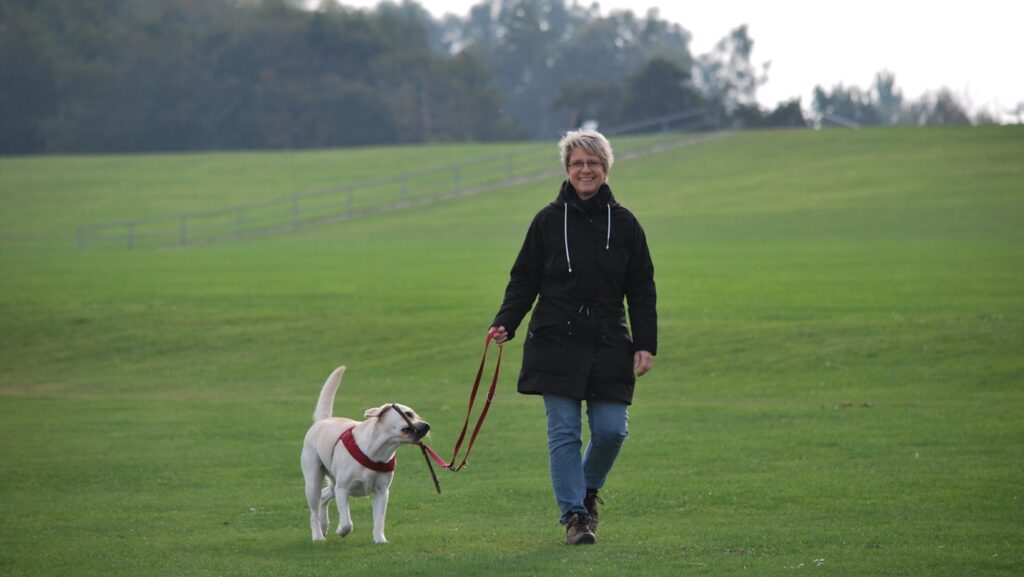
Training a Labrador can be a rewarding experience for both you and your furry friend. In this article, I’ll share three essential tips to help you effectively train your Labrador. From basic commands to positive reinforcement techniques, these tips are designed to make the training process smoother and more enjoyable for both you and your pet.
Understanding Labrador Behavior
When it comes to training your Labrador effectively, understanding their behavior is key. Labradors are known for their intelligence and eagerness to please, making them relatively easy to train. By spending time getting to know your Labrador’s individual personality, you’ll be able to tailor your training methods to suit them best.

Labradors have some common traits that are important to consider during training. They are a social breed, often seeking companionship and attention from their human family members. Additionally, Labradors are known for their high energy levels and love for activities like fetch and swimming.
Three Important Labrador Training Tips
Consistency is Key
Consistency plays a crucial role in establishing yourself as the leader in your Labrador’s eyes. In training, it’s essential to be consistent with your commands, expectations, and rewards. When I give a command, I make sure to follow through every time. This helps my Labrador understand what is expected of them and reinforces my role as the pack leader.
Positive Reinforcement Techniques

Using positive reinforcement is one of the most effective ways to train your Labrador. When my Labrador behaves well, I make sure to reward them with treats, praise, or playtime. This creates a positive association with good behavior and encourages them to repeat it. By focusing on rewarding the behavior I want to see, I’m shaping my Labrador’s actions in a positive way.
The Second Tip: Socialization and Exposure
The Role of Early Socialization
Socialization is crucial for Labradors from an early age. It plays a significant role in shaping their behavior and temperament. Introducing a Labrador to various people, animals, and environments helps them develop confidence and adaptability. By exposing them to different situations, I can help my Labrador become well-rounded and less prone to anxiety or fear aggression. Early socialization sets the foundation for a friendly and sociable companion dog.
Exposure to Different Environments

Exposing my Labrador to various environments is vital for their training and overall well-being. Different settings provide stimuli that enrich their experiences and help prevent behavioral issues. By taking my Labrador to parks, busy streets, or even the vet’s office, I’m helping them become more resilient and adaptable to different surroundings.
The Third Tip: Command Training Basics
Core Commands Every Labrador Should Know
When it comes to training your Labrador, there are some core commands that are essential for their obedience and safety. These commands form the foundation of your communication with your furry friend:
- Sit: Teaching your Labrador to sit is one of the basic commands that is easy to learn and extremely useful in various situations, such as at meal times or when meeting new people.
- Stay: The “stay” command is crucial for keeping your Labrador safe in potentially dangerous situations, like near roads or when encountering other animals.
- Come: Teaching your Labrador to come to you when called is important for their safety and your peace of mind, especially when they are off-leash in a park or other open areas.
Techniques for Effective Command Training
To ensure successful command training for your Labrador, consider the following techniques:
- Consistency: Consistency is key when training your Labrador. Use the same commands and gestures every time to avoid confusion and reinforce positive behavior.
- Positive Reinforcement: Reward good behavior with treats, praise, or playtime. Positive reinforcement strengthens the bond between you and your Labrador and encourages them to repeat the desired actions.
- Patience and Persistence: Training takes time, so be patient with your Labrador. Repeat commands calmly and consistently, and celebrate small victories along the way.
By focusing on these core commands and effective training techniques, you can build a strong foundation for a well-trained and obedient Labrador.
